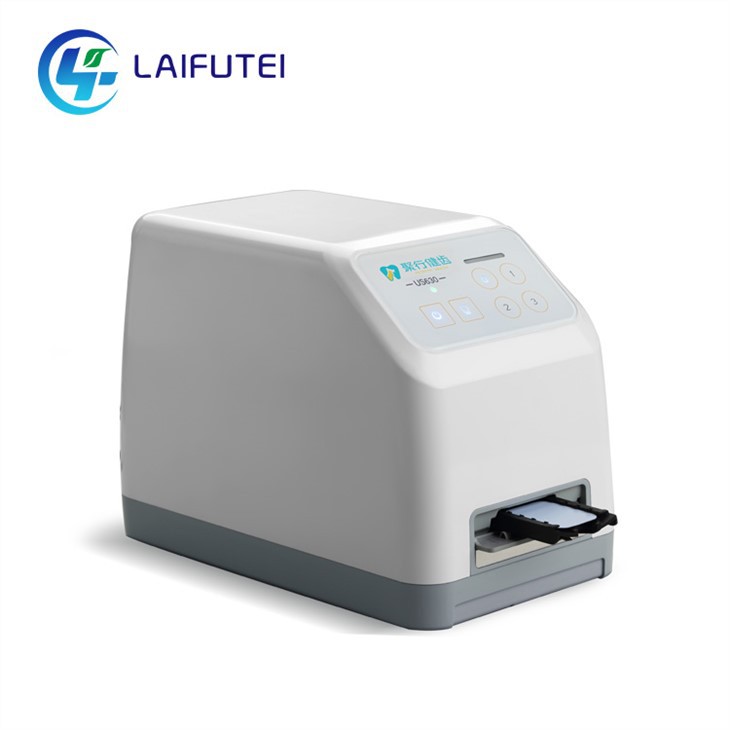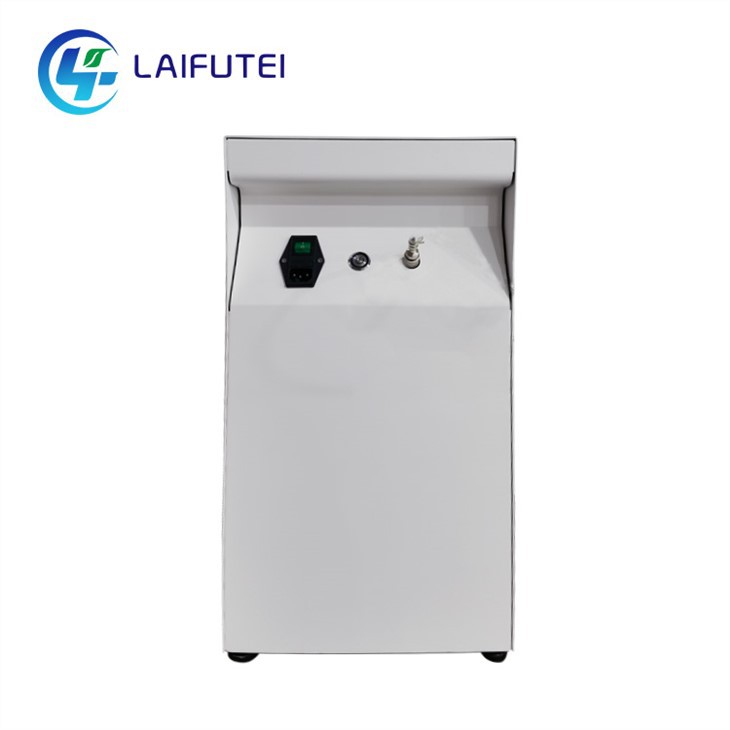
Animal Laboratory Testing
The term“Animal Laboratory Testing”refers to procedures performed on living animals for purposes of research into basic biology and diseases, assessing the effectiveness of new medicinal products, and testing the human health and/or environmental safety of consumer and industry products such as cosmetics, household cleaners, food additives, pharmaceuticals and industrial/agro-chemicals.
Description
Why Choose Us
Professional Team
We believe that it takes a team to provide the very best treatment for a pet in need of emergency.
Rich Experience
With nearly 20 years of animal clinical experience. After many years of accumulation, he has developed series of medical products such as oxygen supply and ICU of pet. Specifically, the series of products used for ICU have won nearly 10 national inventions and patents.
High Quality
Our pet ICU have an advantage in the competition with stable quality and high cost performance, and are sold in many countries.
24H Online Service
Where they put people and pets first. Customers are met at the door and that door is open 24/7, even on holidays. And the staff is trained to treat any emergency-from vomiting to surgery.
The term"Animal Laboratory Testing"refers to procedures performed on living animals for purposes of research into basic biology and diseases, assessing the effectiveness of new medicinal products, and testing the human health and/or environmental safety of consumer and industry products such as cosmetics, household cleaners, food additives, pharmaceuticals and industrial/agro-chemicals. All procedures, even those classified as "mild," have the potential to cause the animals physical as well as psychological distress and suffering. Often the procedures can cause a great deal of suffering.
Helps Researchers To Find Drugs And Treatments
The major pro for animal testing is that it aids researchers in finding drugs and treatments to improve health and medicine. Many medical treatments have been made possible by animal testing, including cancer and HIV drugs, insulin, antibiotics, vaccines and many more.
Improves Human Health
It is for this reason that animal testing is considered vital for improving human health and it is also why the scientific community and many members of the public support its use. In fact, there are also individuals who are against animal testing for cosmetics but still support animal testing for medicine and the development of new drugs for disease.
Helps Ensure Safety Of Drugs
Another important aspect to note is that animal testing helps to ensure the safety of drugs and many other substances humans use or are exposed to regularly. Drugs in particular can carry significant dangers with their use but animal testing allows researchers to initially gauge the safety of drugs prior to commencing trials on humans. This means that human harm is reduced and human lives are saved-not simply from avoidance of the dangers of drugs but because the drugs themselves save lives as well as improve the quality of human life.
Alternative Methods Of Testing Do Not Simulate Humans In The Same Way
Scientists typically use animals for testing purposes because they are considered similar to humans. As such, researchers do recognise the limitations and differences but the testing is done on animals because they are thought to be the closest match and best one with regards to applying this data to humans.
What are the Applications of Animal Laboratory Testing

Toxicity testing
Toxicity testing evaluates the potential toxic effects of chemical compounds on animals. We use various animal models, such as rodents, to test the toxicity of new drug candidates or other chemical compounds.

Pharmacokinetics testing
This type of testing evaluates how drugs are absorbed, distributed, metabolized, and eliminated in the body. We use animal models to study both the pharmacokinetic parameters and the dynamics of drug metabolism.

Safety testing
Safety testing evaluates the safety of pharmaceutical products before they are commercialized. We perform safety testing on animals to assess the risk of potential adverse effects on humans.

Efficacy testing
Efficacy testing involves testing the effectiveness of drugs in treating diseases. We use various animal models to study drug efficacy and the underlying mechanisms of action.
Types of Animal Laboratory Testing
Skin Irritation Testing
Skin irritation tests assess the potential of a substance to cause damage to the skin, including itching, swelling, and inflammation. The test most often uses rabbits and involves placing a chemical on a shaved patch of skin and using another shaved patch as a control.
Ecotoxicity Testing
Ecotoxicity tests are used to analyze potential negative effects of chemicals entering the environment. The standard acute toxicity test, the LC50 (lethal concentration 50%), uses fish as a subject and measures the concentration of a chemical that kills 50% of the test population in a 96 hour period. Chronic fish tests last from seven to more than 200 days and the fish are evaluated for growth, hatching and spawning success, and mortality.


Carcinogencity Tests
A carcinogen is a substance or mixture of substances that causes cancer or increases the incidences of cancer. In this test, a chemical is administered orally, placed on the skin, or inhaled over a prolonged duration to mice or rats. After the study is completed, the animals are killed and their tissues and organs are examined for evidence of cancer.
Reproductive and Developmental Toxicity
Reproductive toxicity tests measure the toxic effects of a substance on the reproductive ability of an animal, usually a rat or mouse, and the toxic effects on the development of its offspring. Developmental toxicity testing involves giving pregnant female animals, usually rats and rabbits, doses of chemicals administered orally. The animals are killed just prior to delivery and the fetuses are examined for any sign of toxic effects by the test substance.
What are some factors that can affect the proper handling of laboratory animals?
Many factors can affect stress levels during handling including animal breed, temperament, previous handling experience, age, fitness, and quality of the handling facility. These factors need to be taken into consideration when training personnel and improving handling skills.
What does animal testing consist of?
Animal experiments include: injecting or force feeding animals with potentially harmful substances. surgically removing animals' organs or tissues to deliberately cause damage. forcing animals to inhale toxic gases.
Details that cannot be ignored during animal experiments

Before The Experiment: Basic Protection
Experimenters are easily contaminated by blood/body fluids or stabbed by instruments and needles during operations, which poses safety risks. They must pay attention to self-protection, so they should take the most basic protection before the experiment: wear necessary protective equipment, such as gloves, Mask, hat, shoe covers and overalls, rubber boots and goggles (or visor) if necessary.

During The Experiment: Accident Prevention
The experimenter is stabbed or cut. The experimenter is scratched or bitten by an animal.
(1) Terminate the experiment immediately and return the experimental animal to its cage.
(2) Treat the wound immediately.

After The Experiment: Correctly Dispose Of Experimental Waste
After the experiment, consideration should also be given to the harmless disposal of waste liquids, solid materials, animal carcasses, specimens, etc. generated during the animal experiment. There are two types of treatment methods: chemical methods and physical methods. The chemical method uses chemical reagents for disinfection, and the physical method often uses high-temperature sterilization and incineration.
Importance of Animal Laboratory Testing
Nothing so far has been discovered that can be a substitute for the complex functions of a living, breathing, whole-organ system with pulmonary and circulatory structures like those in humans. Until such a discovery, animals must continue to play a critical role in helping researchers test potential new drugs and medical treatments for effectiveness and safety, and in identifying any undesired or dangerous side effects, such as infertility, birth defects, liver damage, toxicity, or cancer-causing potential.
U.S. federal laws require that non-human animal research occur to show the safety and efficacy of new treatments before any human research will be allowed to be conducted. Not only do we humans benefit from this research and testing, but hundreds of drugs and treatments developed for human use are now routinely used in veterinary clinics as well, helping animals live longer, healthier lives.
It is important to stress that 95% of all animals necessary for biomedical research in the United States are rodents-rats and mice especially bred for laboratory use-and that animals are only one part of the larger process of biomedical research.
Animal laboratory testing have been an essential component of every field of medical research and have been crucial for the acquisition of basic knowledge in biology. In this chapter a few of the contributions of such studies in biomedical and behavioral research will be chronicled. These descriptions should be viewed within the context of the vast improvements in human health and understanding that have occurred in the past 150 years. For example, since 1900 the average life expectancy in the United States has increased by 25 years (U.S. National Center for Health Statistics, 1988). This remarkable increase cannot be attributed solely to animal research, as much of it is the result of improved hygiene and nutrition, but animal research has clearly been an important contributor to improved human health.
Despite the many advances and the projected results that will come through the use of animals, some individuals question the value of using animal models to study human disease, contending that the knowledge thus gained is insufficiently applicable to humans. Although experiments performed on humans would provide the most relevant information (and are used in clinical research conducted on humans when appropriate), it is not possible by commonly accepted ethical and moral standards or by law to perform most experiments on humans initially. It is true that not every experiment using animals yields immediate and practical results, but the advances that will be described in this chapter provide evidence that this means of research has contributed enormously to the well-being of humankind.
Our Factory
Ningbo Light Medical Technology Co., Ltd. Is a collection of research and development, production and sales for the integration of high and new tech enterprise. Proceeding from clinical requirements in veterinary medical industry, it is committed to developing exclusive devices in the field of intelligent veterinary medical care. Wu Yufu, as the founder of the company, is the national registered veterinarian with nearly 20 years of animal clinical experience. After many years of accumulation, he has developed series of medical products such as oxygen supply and ICU of pet.

Certificate




FAQ
Q: What do labs test on animals?
Q: How is animal testing done?
Q: Should animals be used in laboratory testing?
Q: Do animals feel pain during animal testing?
Q: Is lab testing on animals ethical?
Q: What are 3 examples of animal testing?
Q: Are animals awake during animal testing?
Q: Why shouldn't we ban animal testing?
Q: Why is animal testing still used?
Q: What are 5 benefits of animal testing?
Q: How is animal testing bad science?
Q: Is PETA against animal testing?
PETA also works with large food and beverage companies to end the practice of testing ingredients on animals in order to make health claims about products. Dozens of companies have banned all tests on animals for this purpose.
Q: What would happen if animal testing was banned?
Q: Has animal testing ever failed?
Q: Is animal testing needed?
Q: Are dogs used in animal testing?
Q: Why we should accept animal testing?
Q: How do you maintain and handle laboratory animals?
Q: What precautions should be taken when handling laboratory animals?
Q: What are some factors that can affect the proper handling of laboratory animals?
Hot Tags: animal laboratory testing, China animal laboratory testing manufacturers, suppliers, factory, pet ct for prostate cancer, pet scan used to detect cancer, pet scan to find cancer, pet scan to detect cancer, pet scan show bone cancer, pet scan used to detect
Send Inquiry
You Might Also Like










